Friday, 10am: The journey begins on a clear June day. Some clouds pretending innocence are loitering in the west, no threat to a beautiful summer’s day in this mild, maritime climate. The ferry poots a warning to the lesser boats, leaves Friday Harbor and rumbles northwest. Sea lions have rafted up to bask on a rock off Yellow Island, warm and tawny in the sunlight and still as driftwood. It has been an unusually dry spring and the islands are showing their golden flanks and shoulders—their August plumage. The sea is sparkling and the kelp beds wink and glisten. A flock of gulls is squabbling over a little run of fish.
Down on the car deck, my blue station wagon holds a tent, a sleeping bag, an LED lantern, a rain jacket, and three clear drum liners stuffed with North Country Cheviot wool. We’re nearing the international border now, crossing from the San Juans into the Gulf Islands, one archipelago with two names parted by an imaginary line drawn by a German Kaiser at the end of the 19th century to resolve some armed bickering over a dead pig. To the north is Salt Spring Island. It’s only about 14 miles from my island to this one as the orca swims, but today I’ll set foot on Salt Spring for the first time. My three bags full are bound for the Gulf Islands Cooperative Spinning Mill.
11:30am: It turns out Americans don’t try to breeze through Sidney Customs with carloads of agricultural product very often. Or ever. Three agents consult on what’s to be done with me and my wool, asking questions about the state of my tires and shoes in the friendliest of manners. They are relieved to hear I don’t drive the family car about the sheep pasture or into the barn. They are ever so pleased to hear about the hours I spent picking seeds and manure out of the fleeces and charitably decide it must be mostly clean. They wish I had a firmer figure for the value of three bags of fleece, but in the end they nicely send me on my way.
This post is photo heavy so I scaled them smaller than usual. Click for better!
1:30pm: Salt Spring’s topography is more amplified than I had realized. My island works up to its heights, so I wasn’t prepared for big hills rearing right out of the sea. Roadwise, it’s completely different from home. Beaver Point Road swoops and veers; every corner is blind. It seems possible that this route was engineered by barn swallows. Noted: If you don’t have a farm stand at the end of your driveway, you’re certainly not keeping up with the Salt Spring Joneses.
2:00pm: I’ve parked at Ruckle Provincial Park and trotted down a woodsy path toward the sea with my tent under my arm to claim a campsite. This tent dates to my childhood and is looking a bit sun crisped. The rain fly is sporting some duct tape, but it’s better than the one to my tent, which disintegrated last time I pulled it from the sack. I’m grateful to my parents for the loan. And the dead earwigs are mostly on the outside, anyway.
3:17pm: I didn’t know what to expect of the Gulf Islands Spinning Mill, but it’s a surprise to find it nestled within a kind of living agricultural history exhibit. Antique tractors rust nobly on the green. No one is around except a blacksmith, who is sure enough beating a piece of glowing metal into submission with a soundtrack of punk bagpipes. The mill is locked up, with a sign posted that recommends calling John in such a scenario. I can’t call from my American mobile here, though. The blacksmith directs me to find Barry, who oversees this place and is working on a bobcat over yonder. From Barry I learn that Bob, who gave me the green light to deliver the wool today, has gone to Ontario because his mother-in-law died. Barry calls John’s wife and learns that luckily John is on his way to the mill right now about another matter.
John arrives and shows me the other matter: the pin drafter is broken, and he’s spent all week sending photographs of various parts to the company in North Carolina that built it 70 years ago and then awaiting their suggestions about what to try next. He’s finally isolated the area where it’s jammed and hopes to have it back in action within the next week, but for the moment all he can spin is a truly Rubenesque singles. John has been running this mill for 20 years. He likes Cheviot.
My visit is brief; I need to wait until Amy comes in on Monday and takes a look at the wool so I can have a conversation with her about how best to spin it. The options are not many; it is a very little mill, after all. But it suits the modest scale of this particular adventure and I’m delighted to have seen it in person.
4:30pm: Back in downtown Ganges, I putter through the busiest area to see what’s what. Ganges is a little bigger than my town but feels familiar, brimming with summer weekend tourist traffic. I park near the Coast Guard station because I spy a bookshop and imagine this will be a good place to ask for dinner recommendations. Also, it’s called Black Sheep Books, and when you put sheep and books in the same name you’ve got me firmly in your tractor beam. Black Sheep Books is a second-hand trove of antiquarian oddities and greedily thumbed romances and everything in between. If I were feeling less hungry and more decisive I could do real damage here. After about forty happily aimless minutes I settle on In Deep, Maxine Kumin’s essays on country life, and the bookseller points me to the nearby Treehouse Café.
6:30pm: One grilled halloumi sandwich wrapped in naan with a side of kaleslaw later, I am ethnically and calorically replete. There is live music starting, but I am sleepy and also keen to veer and swoop my way back through the forest to Ruckle Park while it is still fully light.
Fence envy is a real condition, folks.
8:00pm: Back at the campground, I’ve shuttled necessities down to my tent and located the potable water supply. I pass a brace of bucks browsing at the trail’s edge. They regard me peaceably from beneath their velvety antlers. I spread my sleeping bag, gather up my knitting, and settle on a little shelf of igneous rock still warm from the sun with the waves lapping near my toes.
It’s not exactly a quiet spot; there’s a steady parade of ferries to and fro on the Vancouver run, and some of those vessels make our Washington State ferries look like bathtub toys. But the throaty purr of those big engines melds lullingly with the soundscape of the strait. I watch three families of geese ply the waters. A lustily supping otter rolls and dives and surfaces, subduing something with a lot of unmannerly chewing. He trolls the shoreline for a long while. The liquid arc of his back and the furthermore of his tail hardly leave a ripple. The sky is lit with lilac and apricot; it is also loosing a spatter of rain. I retreat to the tent to write and listen.
One anniversary mitt down, one to go.
Epilogue: It will rain all night. I will learn I’ve grown old enough to want a cushier sleeping pad, but I will be wryly thankful to have packed the extra-long impermeable ridged variety, which will have protected me perfectly from the impressive lake forming under and inside my tent even while rendering half my limbs numb by turns. In the morning I’ll laze awhile, then drive back to Ganges to hunt up breakfast at the farmer’s market, where I’ll happen upon a glorious rug woven and naturally dyed in Oaxaca. It deserves its own post.
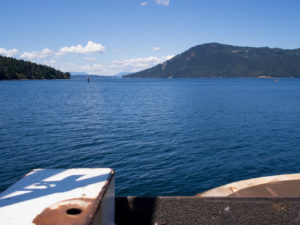
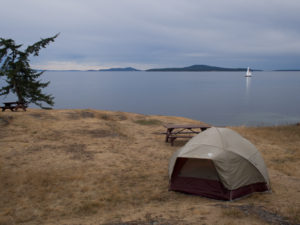
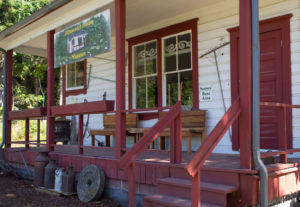
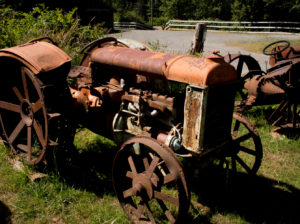
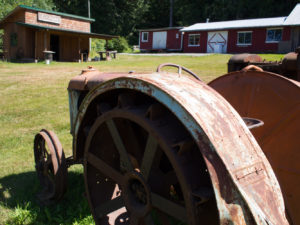
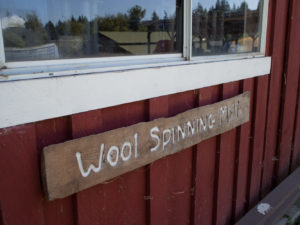
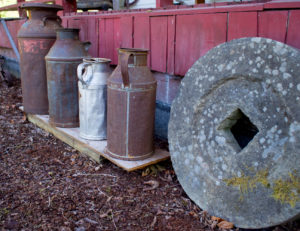
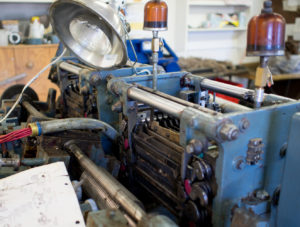
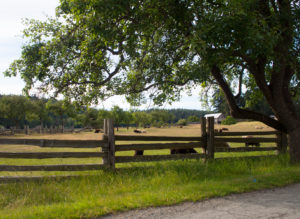
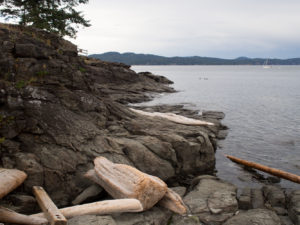
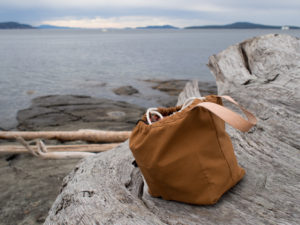
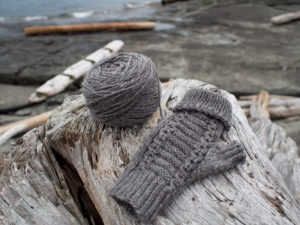
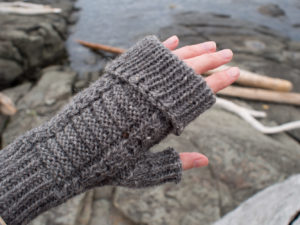
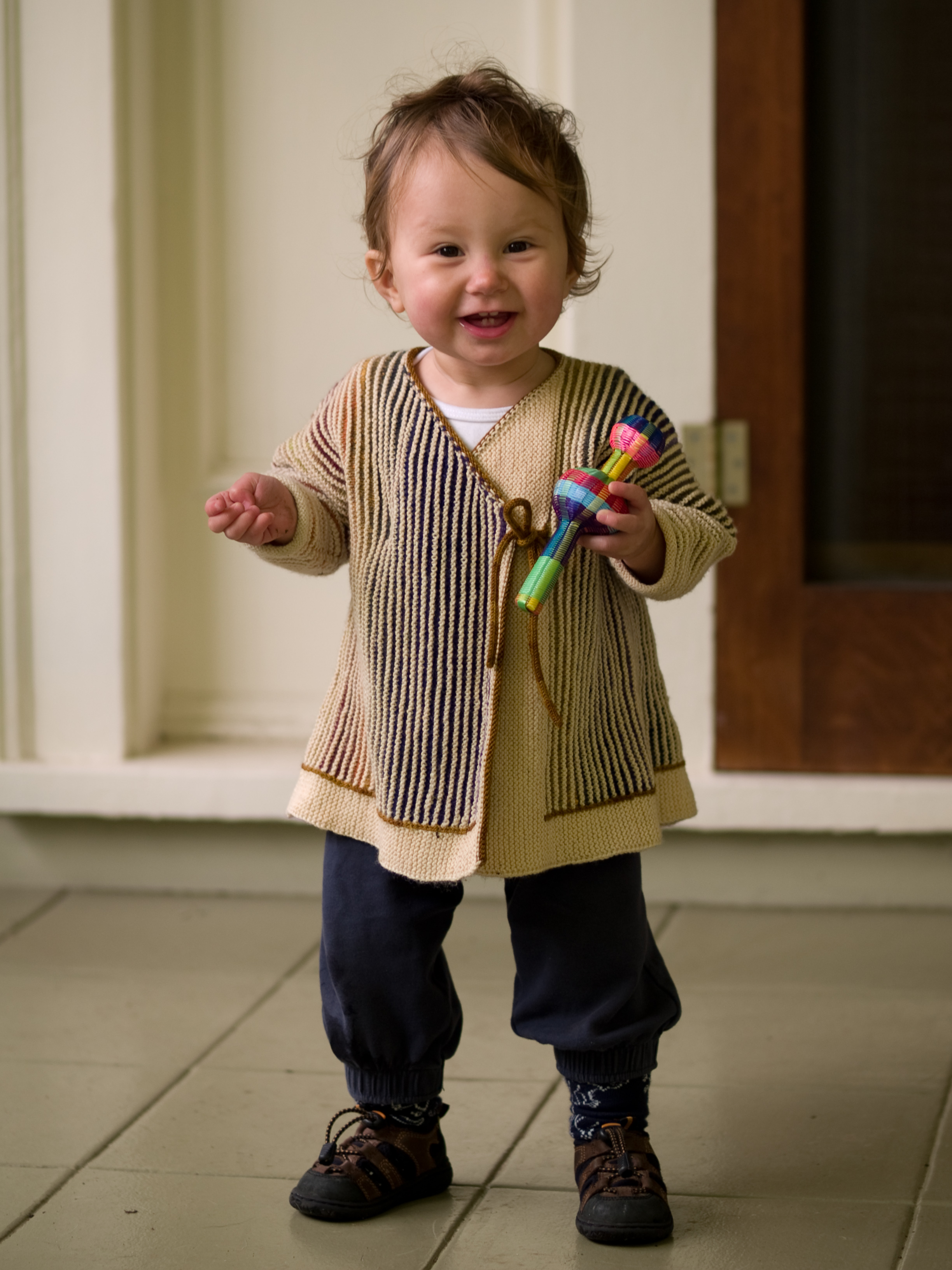
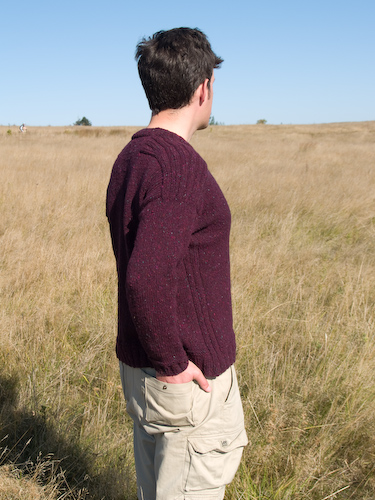
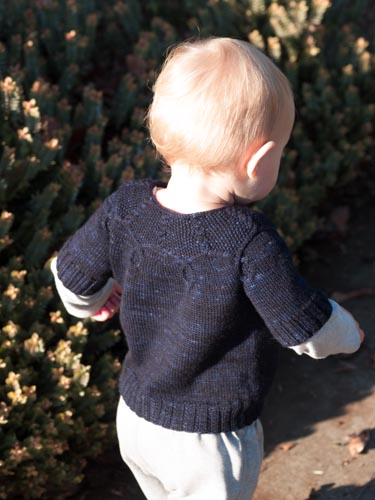
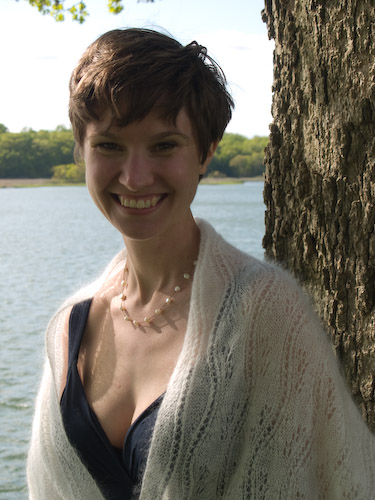
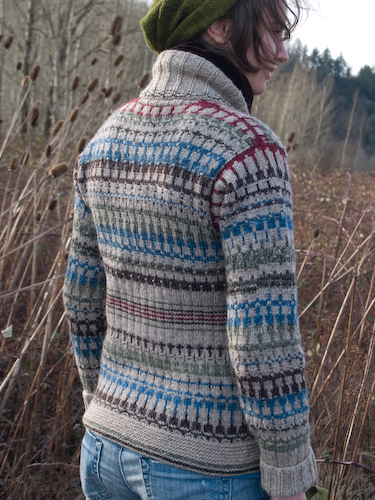
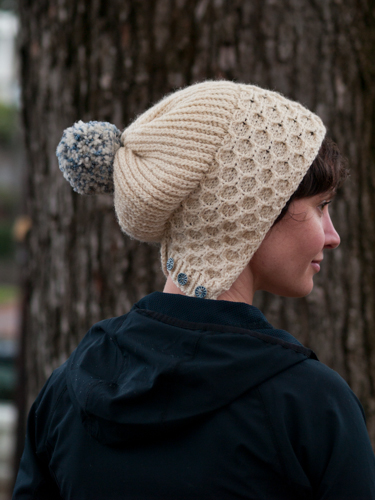
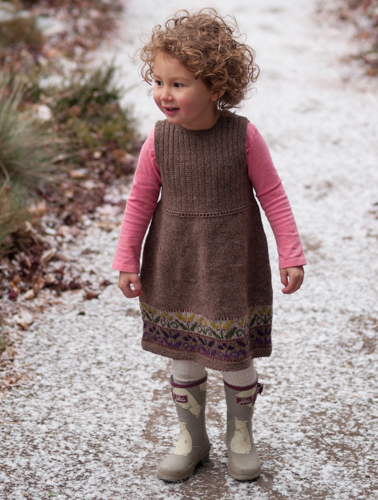
I love reading your writing… I felt completely transported! Not sure if you’re still on Salt Spring but if you are, there are some great artisans to visit if you have the chance. Fiona Duthie is a fibre artist with beautiful felted works (http://fionaduthie.blogspot.ca/), and I’ve also really enjoyed visiting Jane Stafford’s studio… sooooo beautiful! (https://janestaffordtextiles.com/studio/) Also, you’re not far from me, as I live in Victoria. If you’re ever planning to be in our neck of the wood, you’re welcome to come by for a visit!